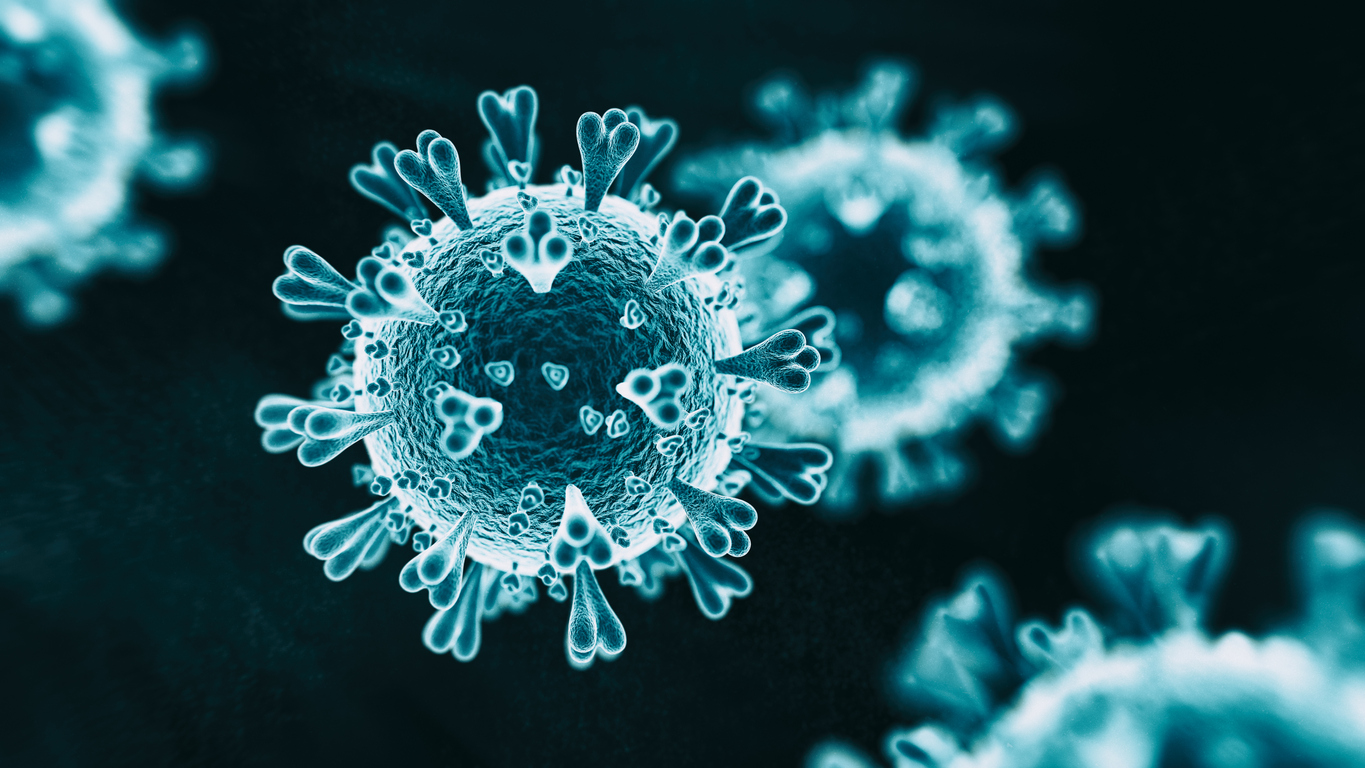
Has coronavirus mutated in India? A new study says so
A new research has claimed that the novel coronavirus has undergone mutation in India, making its spikes weaker. This means that the mutant strain of SARS-CoV-2, that causes the COVID-19 disease, could have become less virulent due to its “reduced” ability to bind with a human cell and then replicate.

A new research has claimed that the novel coronavirus has undergone mutation in India, making its spikes weaker. This means that the mutant strain of SARS-CoV-2, that causes the COVID-19 disease, could have become less virulent due to its “reduced” ability to bind with a human cell and then replicate.
However, the study, conducted by researchers from Taiwan and Australia, is not yet peer-reviewed. The findings, published in BioRxiv — a pre-print online publication — cannot be regarded as conclusive as they require further validation.
The researchers, led by Wei-Lung Wang from the National Changhua University of Education in Taiwan and collaborators from Murdoch University in Perth, Australia, claimed that this was the first report of a significant mutation.
They studied the strain isolated from one of the first three cases of COVID-19 in Kerala on January 27. The sample belongs to a medical student who returned to India from Wuhan.
Related News: Chinese help for virus gets wary reception in France
The study found a mutation in the mechanism that the deadly virus uses to gain entry into the human lung cells. “We found changes in a part of the spike protein that allows the virus to bind to and penetrate human cells. We identified a mutation that leads to weaker receptor binding capability,” the researchers said.
This spike protein targets cells containing ACE-2, a protein found on lungs, kidney, heart, and gut cells in humans.
If the study passes rigorous scrutiny and gets validated, its implications will be two-fold. One, there will be fewer mortalities in India compared to other countries due to the reduced virulence. Two, more mutations will make development of vaccine difficult. The constant mutation of the coronavirus means the vaccine will need periodic tests and updates.
Related News: More children infected with coronavirus than expected: Study
“If validated through further research, this study is very significant. If the virus spikes can’t bind to the human receptor cells properly, then its ability to cause the disease will be significantly reduced,” said Dr A Nageshwar Reddy, researcher and head of the Hyderabad-based Asian Institute of Gastroenterology (AIG). The lower receptor fit may make the virus less efficient in transmission, he said.
“This study is too preliminary and lays too much reliance on a single sample. Definitive conclusion will require proper virological studies,” said Dr Anurag Agarwal, director of the Delhi-based CSIR-Institute of Genomics and Integrative Biology.
The researchers said the mutation was observed in the virus’ spike protein receptor-binding domain. It is this structure of the virus that targets cells with the ACE2 enzyme found in the lungs and binds with it causing the infection.
The current vaccine development is also targeting the same receptor system to prevent the virus from causing the infection, but the discovery of the mutation raises the alarm that it could affect the ability of antibodies in a vaccine to function effectively. “This means current vaccine development against CoV2 is at great risk of becoming futile,” the study said.
What is mutation?
Genetic changes are normal in the evolution of viruses. Coronaviruses are ribonucleic acid (RNA) viruses, containing just RNA strands, single or double, as its genetic material. RNA viruses mutate continuously. Such a mutation is what that made SARS-CoV-2’s jump from animals to humans possible.
The virus multiplies inside the living organism’s cells by creating copies for the RNA, a process similar to a photocopying machine. Sometimes, during the process, tiny errors occur in the sequence of ‘letters’. The errors that do not help the survival of the virus eventually get eliminated, while other mutations get embedded.
Some viruses, such as the coronaviruses that cause flu, switch their genetic code extremely rapidly. This makes it difficult for scientists to find a vaccine for coronaviruses. They evolve quickly, making vaccines defunct.
The flu vaccine, now available and recommended especially for older people, needs to be taken annually for this reason. By the time the next season comes along, the vaccine will be no longer effective on the new form of the virus.
Since its identification in early January, the novel coronavirus has reached every continent now except Antarctica. Still, little is known about the evolution and spread of the virus.
Vaccine development
Most vaccine and drug development efforts are focused on stopping the action of the spike protein that the virus uses to enter human cells, where it replicates to cause infection.
Monitoring the mutation dynamics of SARS-CoV-2 is critical for the development of effective approaches to develop drugs and vaccines to contain the pathogen.
“The observation of this study raised the alarm that SARS-CoV-2 mutation with varied epitope [something an antibody attaches itself to] profile could arise at any time. This means current vaccine development against Sars-CoV-2 is at great risk of becoming futile,” the researchers wrote in the paper.
Related news: COVID-19 patients spread virus three days before symptoms appear: Study
They also claimed to have provided direct genetic evidence that SARS-CoV-2 has a much lower mutation rate than SARS-CoV, the virus that causes severe acute respiratory syndrome.
At present, five COVID-19 vaccine candidates are in phase 1 clinical trials to establish safety for humans and 73 in exploratory or preclinical stages.
A vaccine is likely to be ready in early 2021, according to an analysis of the global COVID-19 vaccine database of Coalition of Epidemic Preparedness (Cepi), one of the world’s biggest public funders of vaccine development. The analysis was published in the journal Nature Reviews Drug Discovery on April 11.

